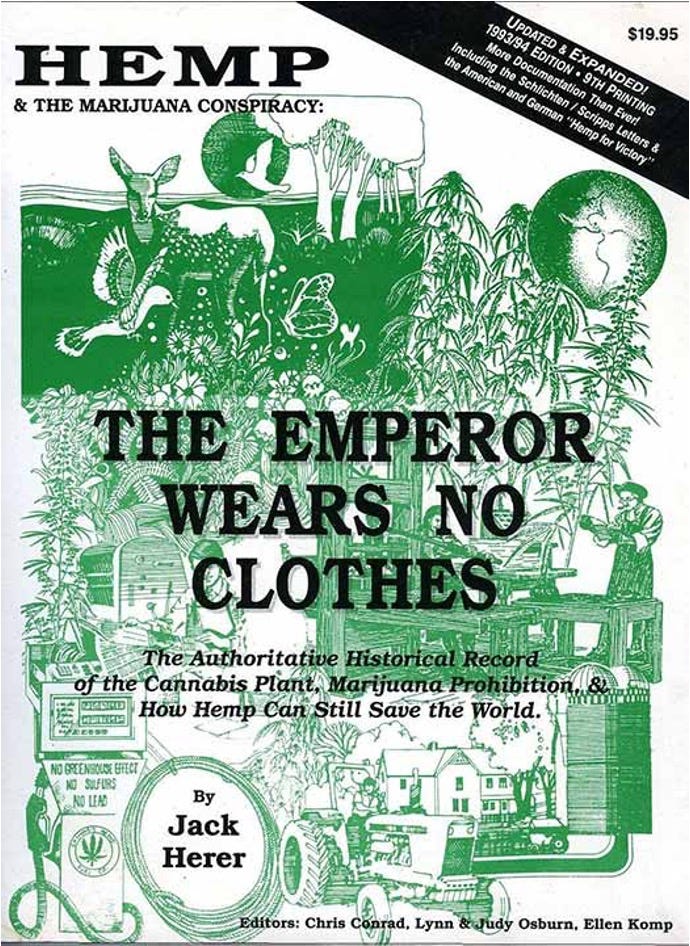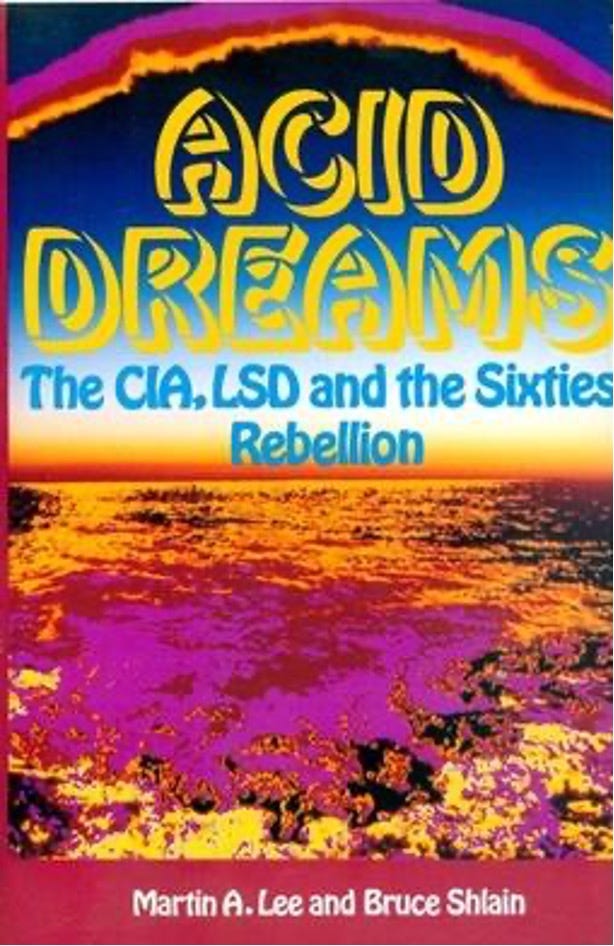1985: A Watershed Year for Drug Histories
At the height of the Reagan administration, these books helped shape popular drug discourse
[Continued from “Nixon-Era Drug Literature: Surprisingly Dope.”]
The three titles mentioned in the last piece were published as Richard Nixon’s War on Drugs was warming up in the 1970s. As many readers will already know, the War on Drugs escalated sharply in the following decade under Ronald Reagan. Interestingly, Reagan’s reign also saw a cornucopia of new drug literature which deeply expanded our collective understanding of drug markets and their political meanings. This, in spite of—or, perhaps, because of—the rampant fear of drugs that had seemingly permeated into every aspect of modern life in the US in the same period.
One year in particular stands out for Reagan-era drug literature: 1985. That year, several groundbreaking texts on drug history were published, each of which has, in its own way, impacted modern discourse around the substance in question.
In Sweetness and Power, Johns Hopkins anthropologist Sidney Mintz provided an academic analysis of the history of sugar which focused on the social, economic, and political conditions that shaped various sugar markets across the world, from ancient times through the mid-20th century. In a somewhat similar (albeit a bit more radical) vein, the legendary cannabis activist Jack Herer published the first edition of The Emperor Wears No Clothes, a wide-ranging exposé of the politics attached to hemp and its alter ego marijuana, as conceived through a decidedly antiauthoritarian lens. Yet another book came out that year and reconceptualized the way(s) in which historians and heads alike understand the politics of LSD and its relationship with various social movements in the US: Acid Dreams by Martin A. Lee and Bruce Shlain. This work, which I briefly mentioned earlier, laid vital foundations for subsequent critiques of psychedelia.
Something else published in 1985 bears mentioning, although it has not yet had any substantial impact on popular drug discourse. That year, a text by the philosopher Jean-Paul Sartre was published posthumously: Volume 2 of his Critique of Dialectical Reason. In it, Sartre wrote about the history of salt and its role in the economic growth of Europe. He noted that the salt trade simultaneously solved certain problems and created others. Sartre recognized that the historical politics of the salt trade foreshadowed key themes of modern socioeconomic development.
In Volume 1 of the same work (published some years earlier), Sartre wrote about the role of artificially created scarcity as a political tool of the bourgeoisies. Resource scarcity—due not to actual lack of natural resources but through political (mis)management of labor and economic activity—was, for Sartre, a central theme of capitalism and of modern politics more broadly. His conception of politically-imposed artificial scarcity serves as an excellent framework for understanding the philosophical underpinning of prohibition. It offers a modern elaboration of the point raised by Aristotle at the start of this introduction. For both Aristotle and Sartre, artificial scarcity is part of the realpolitik of class relations.









